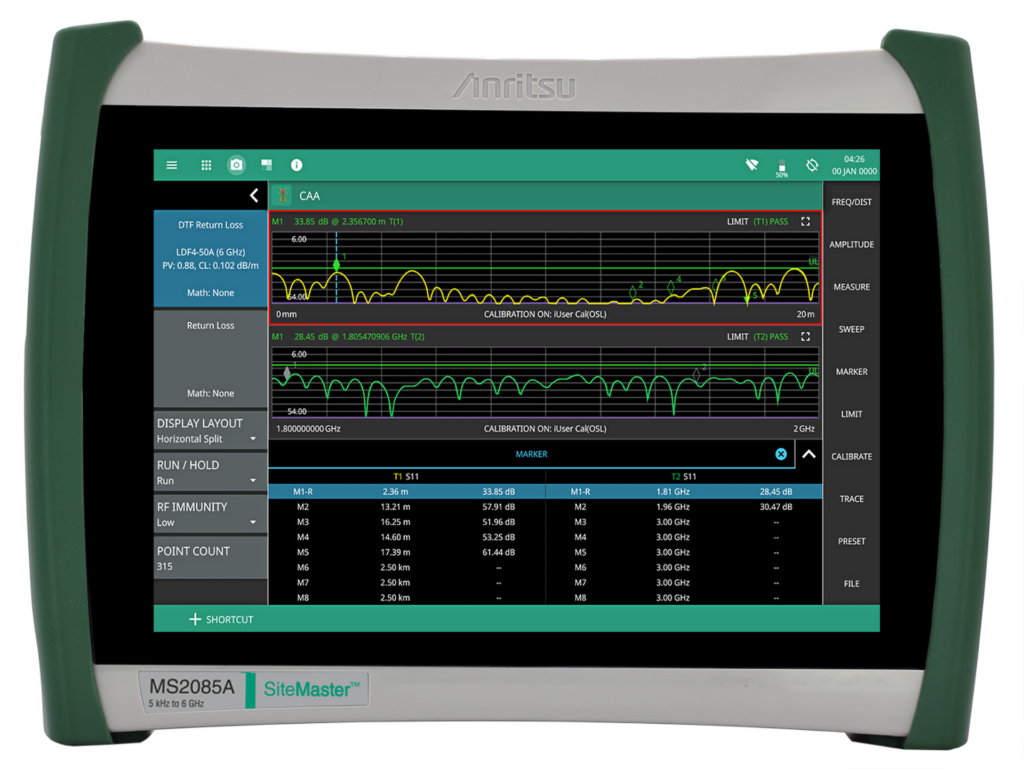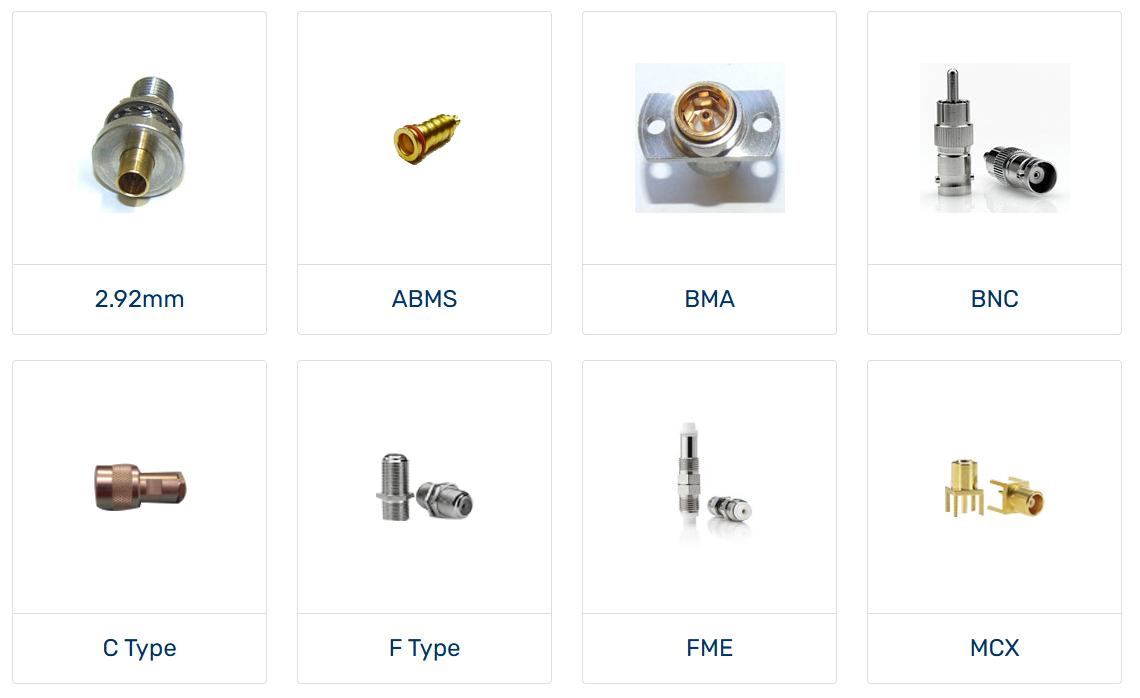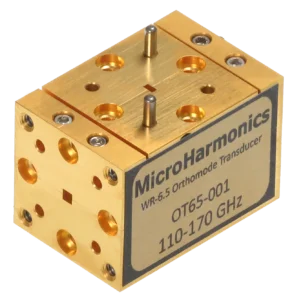Introduction to Spectrum Analyzers
A spectrum analyzer, also known as a spectrum analyser in some regions, is a device used to examine the spectral composition of electrical, acoustic, or optical waveform signals. It measures signals in the frequency domain, unlike an oscilloscope, which operates in the time domain. Spectrum analysers are commonly used in wireless communications and RF (Radio Frequency) applications to measure signal strength over a specified frequency band.
Understanding the Principle of a Spectrum Analyzer
The principle of a spectrum analyzer is based on the concept of frequency analysis. It works by taking in input signals and breaking them down into their constituent frequencies. This process is similar to how a prism breaks down light into its component colours.
The spectrum analyzer measures the amplitude of these frequencies and displays them on a graph with power on the vertical axis and frequency on the horizontal axis. This graphical representation allows engineers to visualize any spikes or dips in signal strength across the frequency band, which can indicate potential issues such as interference or signal degradation.
Interference Analysis with Spectrum Analyzers
One key application of spectrum analyzers is interference analysis. Interference occurs when unwanted signals overlap with your desired signal, causing disruption or loss of information. In wireless communication systems, interference can cause dropped calls, slow data rates, and poor reception.
An interference analyser function within a spectrum analyzer helps identify these unwanted signals by scanning for frequencies outside your desired range that may be causing disruption. Once identified, these interfering signals can be filtered out or otherwise mitigated to improve overall system performance.
Cable Analysis Using Spectrum Analyzers
Another important use for spectrum analyzers is cable analysis. In any wired communication system, cables are crucial components that carry signals from one point to another. However, cables can suffer from various issues such as loss (attenuation), reflection (caused by impedance mismatches), and crosstalk (interference from adjacent cables), which can degrade signal quality.
A cable analyser function in a spectrum analyzer can measure these parameters, providing valuable information about the cable’s performance. For instance, it can identify any frequency-dependent loss due to the cable’s physical properties or installation issues. It can also detect reflections that may indicate impedance mismatches or faulty connectors.
By identifying these issues, a cable analyzer allows engineers to take corrective action, such as replacing faulty cables or connectors, rerouting cables to avoid interference, or adjusting system parameters to compensate for cable loss.

Conclusion: The Importance of Spectrum Analyzers
In conclusion, a spectrum analyzer is an invaluable tool in the field of electronics and communication. By breaking down signals into their constituent frequencies and measuring their amplitude, it provides a detailed view of signal behavior across the frequency band.
With additional functions like interference analyser and cable analyser, it enables engineers to identify and mitigate potential issues that could degrade system performance. Whether you’re designing a new wireless communication system or troubleshooting an existing wired network, a spectrum analyzer is an essential piece of equipment that helps ensure your signals are clear, strong, and free from disruption.
In today’s world, where reliable communication systems are more critical than ever before – whether for personal use or business operations – understanding the principle of spectrum analyzers is key for anyone involved in creating or maintaining these systems. It’s not just about knowing how things work; it’s about ensuring they work at their best at all times.
The Next Generation Anritsu Site Master represents a fusion of cutting-edge technology, customer-driven innovation, and decades of expertise in test and measurement solutions. It seamlessly integrates cable and antenna analysis with spectrum analysis and monitoring functionalities, offering a comprehensive testing solution for professionals across various industries. From telecommunications and broadcasting to aerospace and defense, the Site Master cable and antenna analyzer with integrated spectrum analyzer caters to a wide range of applications, including DAS, satellite monitoring, interference analysis, and installation and maintenance tasks. https://www.anritsu.com/en-gb/test-measurement/products/ms208xa




